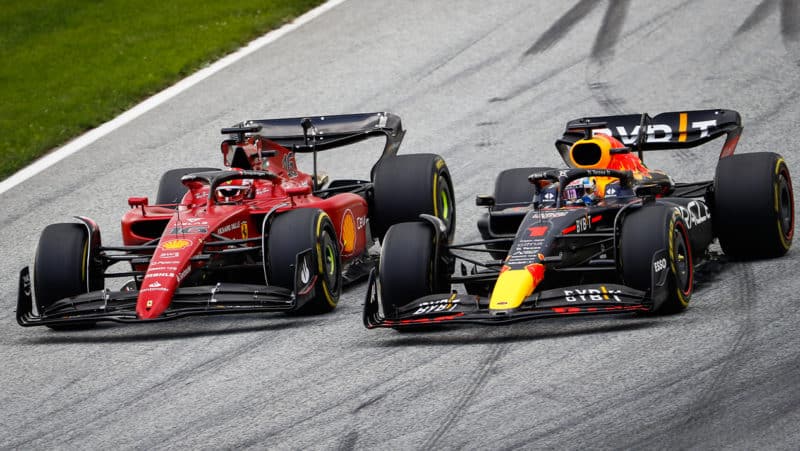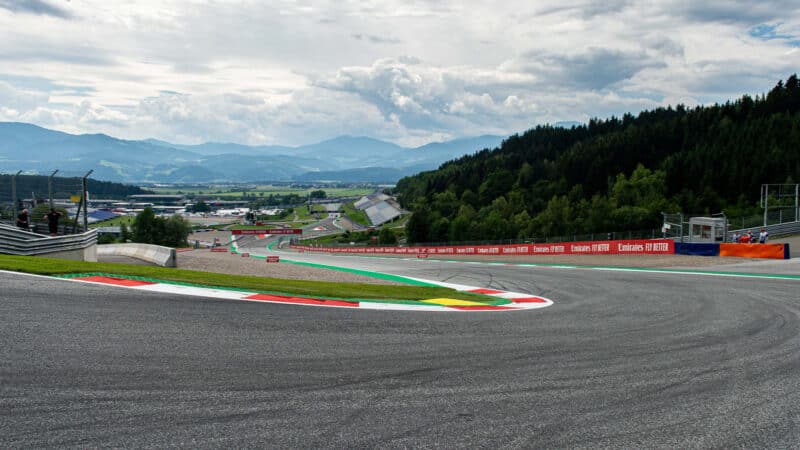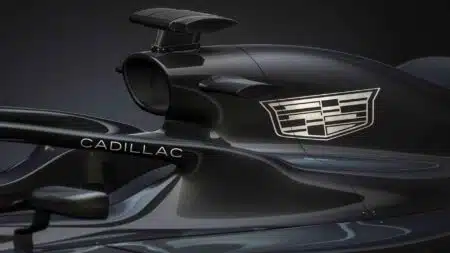It’s one of those tracks – like Baku and Monaco – to which Charles Leclerc is particularly well attuned. He loves that demand of heavy but precise braking and if the car is giving him the messages he likes his skills can be worth lap time over even Verstappen.
Given that Pirelli has brought the three softest compounds and the softest of them (the C5) can probably be discarded as a race tyre, the race strategy becomes interesting. If the rear tyres stand up, can be pushed to a competitive time without too much heat degradation, then the fastest way is to one-stop. But if they are not, if the medium compound just cannot give a good combination of range and resistance to overheating, then the ideal moves to a two-stop. Just adding or subtracting a bit of cloud cover can totally alter that picture. Any significant variation in how hard two different cars use those rear tyres could end up being particularly strategically intriguing, offering the possibility of a shock.
Last year there were two races where Verstappen and Red Bull just did not quite find the car’s sweet spot and were untypically struggling for race pace: here and Interlagos, both of which were sprint events. Is there anything in that? The format gives you only FP1 to decide upon a set-up before you are straight into qualifying. Is there something about the Red Bull’s sophistication, the way its floor works in conjunction with everything else, which makes it more fiddly and time-consuming to get into that sweet spot? Or was it just coincidence that these struggles came at these sprint races? He dominated the other sprint race of Imola, after all.
These and many more are just the background variables which two days from now will form the kaleidoscope of factors determining how it happened the way it did. That all still leaves room for the human factors of talent, attitude and performance under pressure which may be equally crucial.
All that said, keep a special eye out on Ferrari…




